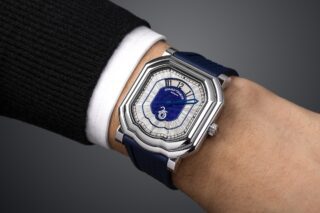This website uses cookies so that we can provide you with the best user experience possible. Cookie information is stored in your browser and performs functions such as recognising you when you return to our website and helping our team to understand which sections of the website you find most interesting and useful.
Power dressing: Jamie Gill on his meteoric rise to the heights of fashion
By Lysanne Currie | 7 April 2022 | Style
The Roksanda CEO and British Fashion Council board member has seen his career take him from the Mumbai start-up scene to one of the UK’s most exciting and collaborative maisons. We find out about his extraordinary personal and professional journey
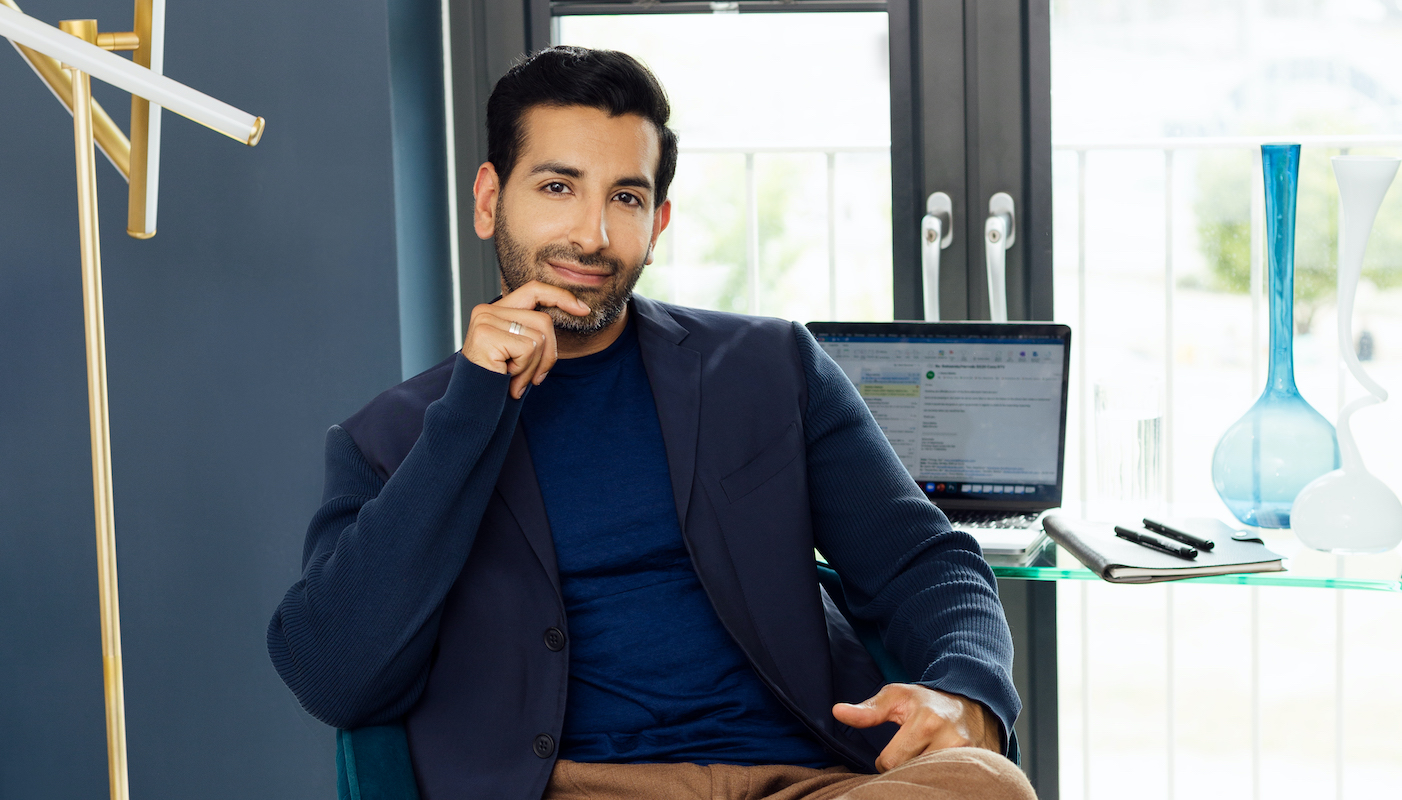
It was September 2021 and the shiny, box fresh ballroom of The Londoner, the city’s newest, hottest hotel, swung open its doors to 200 luxury industry business leaders for Walpole’s Future of Business Summit. The energy was palpable – no cool insouciance here – this was one of the first in-person work events since Lockdown, the decibel level was high as people greeted each other grinning, happy and hyped to see each other – and to swap ideas and experiences all with the aim of ‘resetting’, making the world a better place.
The first panel of the day – on luxury’s mission to drive responsible change – was hosted by Vogue Business’ Sarah Shannon, and panellists included Jamie Gill (right), CEO of Roksanda and British Fashion Council board member. He talked passionately with fellow panellists ( from Modus, FarFetch and Estée Lauder) about the moral and business case for diversity and inclusion, how transparency and accountability is key to future success, as well as the need for more female voices in the climate conversation and why workforce diversity and inclusion (D&I) has to be scrutinised at all levels.
Three months later, Jamie’s passion for D&I is still bubbling when we meet in Roksanda’s 2,500ft David Adjaye-designed flagship store in Mayfair. We talk about how the Covid-19 pandemic has been for the business and for him personally. He is an optimist, he says. “The reflection period has been useful for us all to take time and really look at our policies and manifestos – there’s a greater sense of purpose in business now – although this has always been part of Roksanda’s DNA.”
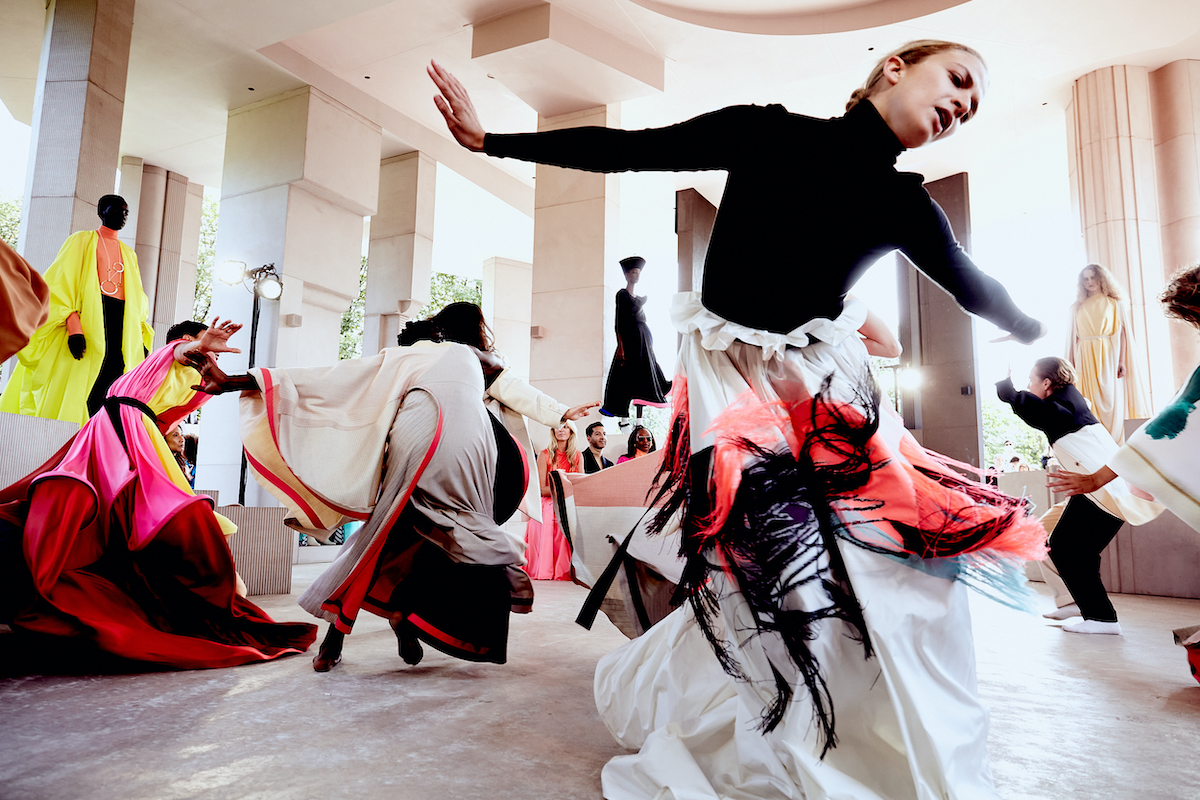
Gill sits on the board of the British Fashion Council and has a particular remit to look at increasing diversity in the industry. “It’s never going to change unless it’s top down. It has to be board, executive level, management (then) team down.”
Wise words from the young Asian, LGBTQ fashion leader, who trained first as an architect, then an accountant, before becoming CEO of the luxury fashion house (beloved by the Duchess of Cambridge and former US first lady Michelle Obama) at just 30 years old.
Growing up in a Derbyshire mining town, the son of second-generation South Asian immigrants with a strong work ethic, Gill’s curious, creative mind drew him towards architecture from an early age, inspired by the likes of Norman Foster and Richard Rogers. “As a child concealing being gay, I wanted to do something creative,” he says. “It was a way of fuelling my passion but not announcing myself.”
On graduating in architecture from Nottingham University, however, he’d walk slap-bang into a market still reeling from the 2008 global economic crash. “I jumped around different architecture practices, but I wasn’t enjoying it at all.” After a spell at Deloitte London, he became fascinated by luxury – “I started to really see the power of the brand. I understood why people would pay the premium. It’s the emotion, the connection.”
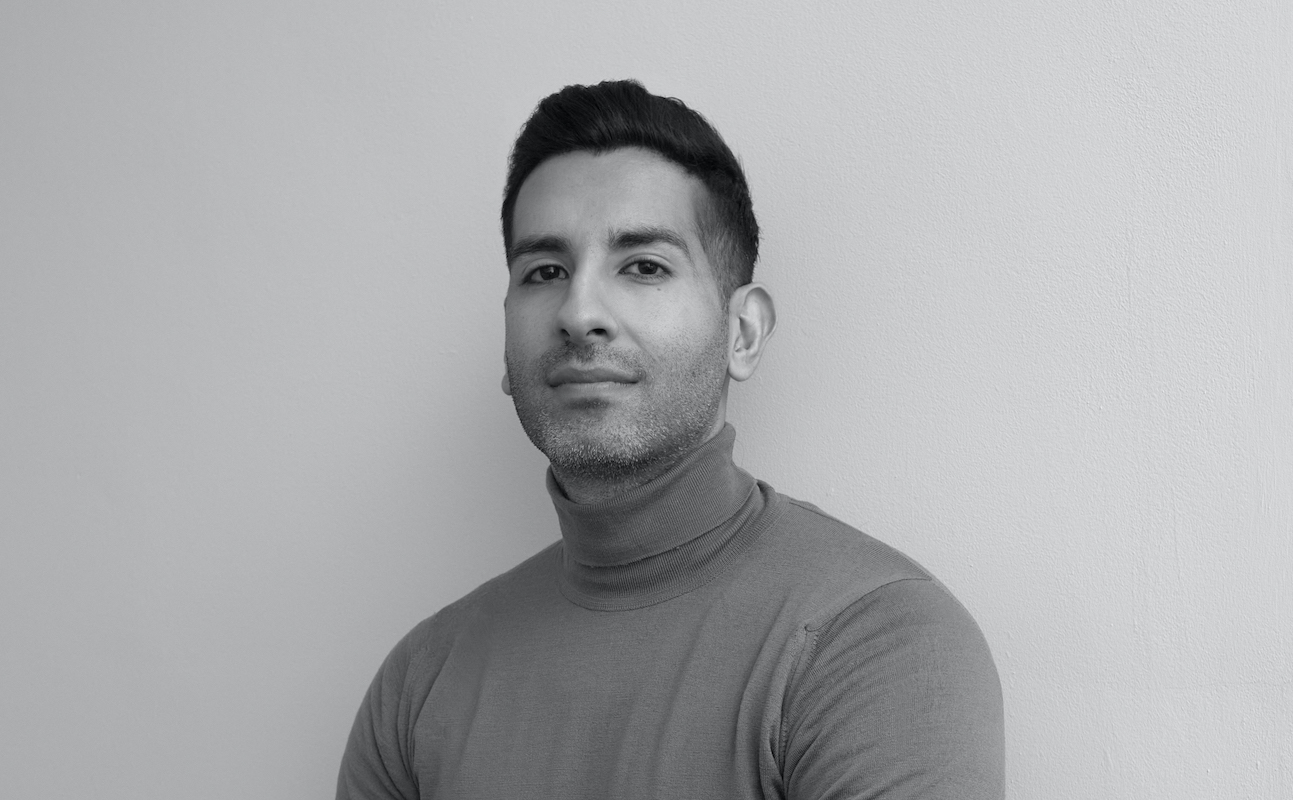
However, his entrepreneurial itch needed to be scratched so he quit his corporate job and headed to Mumbai with a friend to co- found a luxury wedding dress company. “It was almost arrogant when I look back on it,” he laughs. “To think that I was going to start my own fashion brand aged 25.”
Call it grist to the leadership mill: “We sourced factories, worked with embroiderers, raised funds and sampled the collection. And we sold some pieces. I look back at this start-up as my real-life MBA in the business of fashion.”
It certainly taught him about resilience – but also the pitfalls of a relentless foot-on-the-gas lifestyle, and the importance of mental health. “I learned by doing it the wrong way. I worked way too hard. I ate badly or didn’t eat. I socialised and drank too much. I was so burnt out I lost my hair. I just thought, I’m never doing that again…”
After a round of funding didn’t come through, the company was wound down and Gill returned to the UK, “skinny, sad and in debt. I moved back in with my parents and had to pick up the pieces”. Undefeated, he took a job with investment house Eiesha Ltd, (then a stakeholder in luxury boutique Roksanda) in 2014 and four years later its founder, Serbian designer Roksanda Ilinčić asked Gill to become CEO.
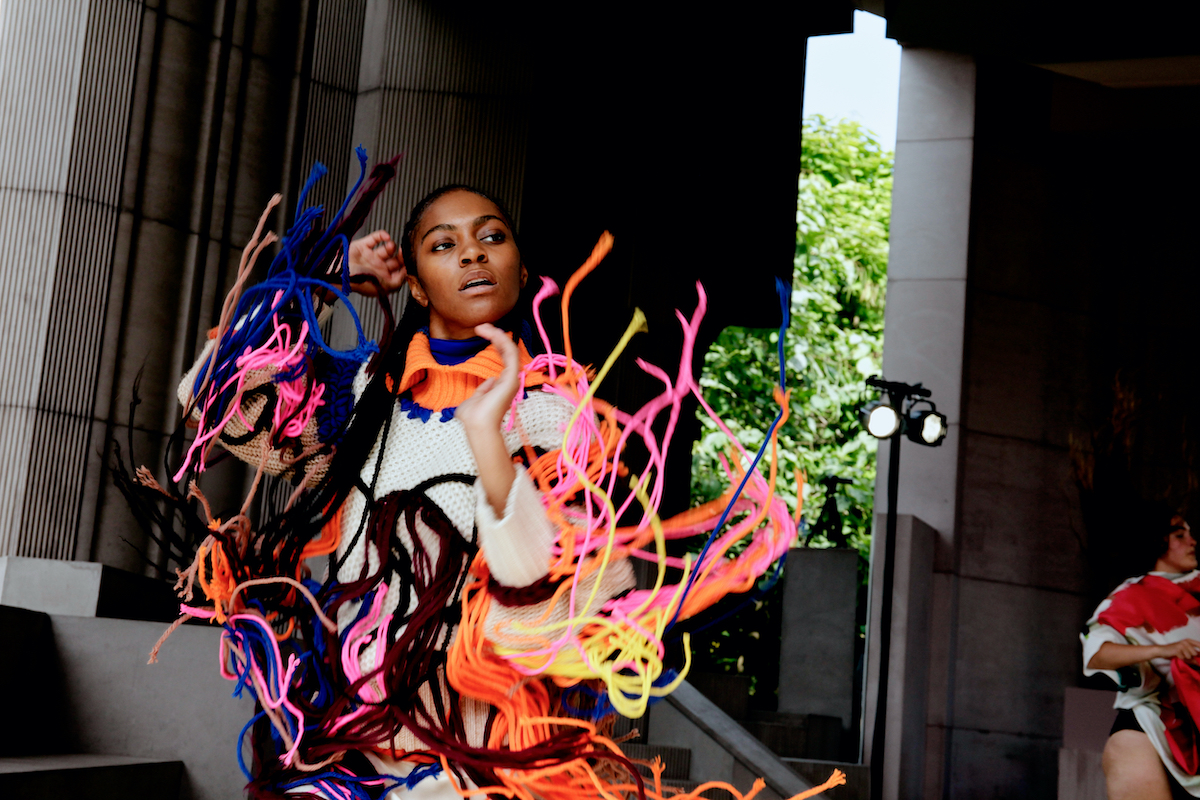
“I realised very quickly that I had an innate merchandising skill set, as well as the strategic and financial,” he says. “Marrying all my experiences together – brand, product, investment, marketing – meant I could grasp situations quite quickly. As soon as there was an inspiration or an intention for the collection, I could get involved and take it on through the rest of the journey, to building it, to selling it, to producing it, to shipping it to marketing it and then building a budget and making a plan.”
Under Gill’s leadership Roksanda has gone from strength to strength: it was one of the first houses to merge its seasons, there’s been a collaboration with Lululemon, and an interiors project too – the Roksanda penthouse in the Gasholders complex in King’s Cross.
An unusual journey, then – but he wouldn’t have had it any other way. As Coco Chanel herself once said: “Fashion is architecture. It is a matter of proportion.” If architecture forced him to think about everything from “the socio economics of your creation to the financials of budgeting and funding”, his accountancy training proved invaluable in helping him become a CEO, “to look at an ever-evolving situation calmly and work out the different scenarios depending on which lever you pull… I’m the biggest advocate for doing it the way I’ve done – especially for someone who’s unsure where they want to go.”



